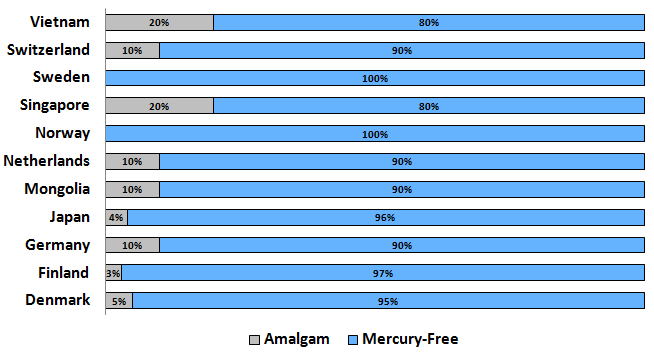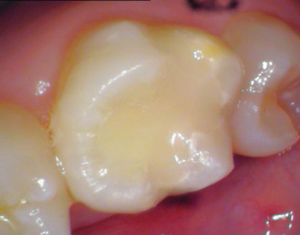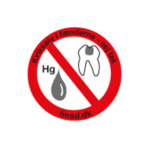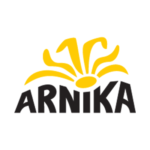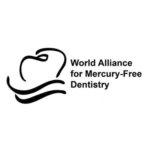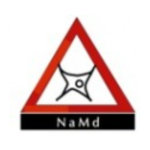Mercury-free dental fillings have been developed and studied for over fifty years. As a result, a wide variety of dental restorative materials to meet all needs are available today. The most popular mercury-free fillings include:
- Composite
- Bulk-Fill Composites
- Glass ionomer
- Compomer
Advantages of mercury-free fillings
Mercury-free dental fillings offer many advantages:
Environment-friendly: Composites and glass ionomers are mercury-free, and there is no evidence of environmental toxicity.
Preserve teeth: The WHO report Future Use of Materials for Dental Restoration states that “Adhesive resin materials [like composite] allow for less tooth destruction and, as a result, a longer survival of the tooth itself.” In addition to preserving tooth structure, composites can strengthen and enhance biomechanical properties of the restored tooth.
Prevent caries: Glass ionomers have properties that are known to help prevent tooth decay. Composite placement can also incorporate preventive measures, including sealing of adjacent pits and tooth fissures.
More accessible: Glass ionomers, used in atraumatic restorative treatment (ART), have proven valuable in certain clinical situations where they can be more accessible and less expensive than amalgam (for example, in communities without electricity).
User-friendly: According to a 2012 report prepared for the European Commission, “it has been shown that the time needed to carry out a Hg-free [mercury-free] restoration has reduced significantly as dentists have gained more experience in the handling of Hg-free materials, so that there is currently no (or minor) time difference to perform Hg-free restorations compared to amalgam.”
Increasing use of mercury-free fillings
Because mercury-free dental restorations are increasingly effective, available, and affordable, a growing number of countries have already made significant progress in phasing down – and even phasing out – amalgam use. The chart below shows the percentage of total fillings that are amalgam versus how many are mercury-free in several countries.
